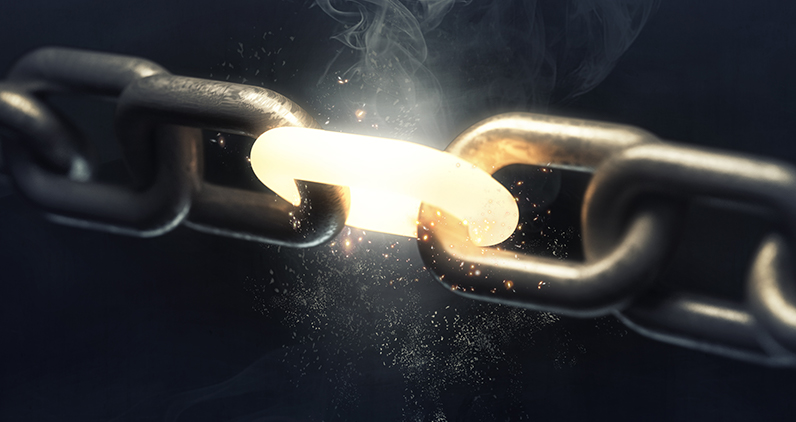
Editor’s note: This is an edited version of the original 2008 BONEZONE article authored by Mike Hill of Innovative Supply Management Solutions.
Introduction
According to Crisis Management International, large companies will face a crisis every four to five years that disrupts business operations (the supply chain) for ten days or more. Of those, 73% will close or suffer significant long-term impact.
A crisis may be the implosion of your supplier’s balance sheets, the meltdown of the supplier’s income statements, hurricanes and floods hitting your distribution centers, government discord and wars that can shut down your supply chain for an indefinite period of time. Any disruption described above should trigger your business continuity plan (BCP).
What is a Business Continuity Plan and Why is it Important?
According to the Business Continuity Institute, a Business Continuity Plan is: a document containing the recovery timeline methodology, test-validated documentation, procedures and action instructions developed specifically for use in restoring organization operations in the event of a declared disaster. To be effective, most Business Continuity Plans also require testing, skilled personnel, access to vital records and alternate recovery resources, including facilities. Every BCP strategy includes three fundamental components: risk assessment, contingency planning and the actual disaster recovery process.
It is important to identify what key materials are shipped to you from single sourced suppliers. The NAPM Glossary of Key Purchasing Terms defines “single sourcing” as “the practice of using one source, among others in a competitive marketplace which, for justifiable reason, is found to be most advantageous for the purpose of fulfilling a given purchasing need.” These materials and/or single source suppliers have proven themselves to be the cornerstone of your supply chain, and have helped make you a leader in your field. What if your supplier is located in Jabalpur, India and Jabalpur, India just had a 9.4 earthquake? Because of your inventory position, you are now 45 days from being out of business. Do your single sourced suppliers have a BCP in place with their suppliers to ensure that they can meet your immediate needs? A simple contingency plan would be that your supplier’s BCP include dual sources in multiple regions. Another simple contingency plan would be to build up finished inventory in multiple regions across the supply chain. This would minimize supply constraints and increase the likelihood that single sourced manufacturers can supply materials needed if primary sources are disabled.
Conditional upon not having a dual sourced supply chain, single sourced suppliers need to divulge intellectual properties to you or a third party in order to keep material flowing into your operations to avoid a business continuity interruption. To safeguard intellectual properties, contracts must be developed and commitments made to return the business back to the single source supplier after normal operations resume.
Another way to find a dual source may be within your own company. Research and development departments are great historians, and can direct teams to “nearly perfect solutions” that they encountered in the early phases of the development process. One of the early solutions may have been “near” qualified so that it can be used as part of your BCP program. It is very important to note that the business continuity knowledge reserve that stems from your R&D group is as robust as your methods are to capture and document the data and materials used in the development process and test parameters.
The BCP is not an insurance policy that will guarantee the uninterrupted flow of material. It is a risk assessment and contingency planning opportunity to get operations back up and running before your competitor does and to minimize your losses.
I equate the Business Continuity Plan to the old story in which two campers wearing boots were being chased by a bear. One camper stops to change into sneakers, while the other camper yells back, “You’re crazy! Wearing sneakers won’t make a difference!” The other camper responds, “I’m not racing the bear, I’m racing against a guy wearing boots!” The camper’s sneakers were his Business Continuity Plan.




